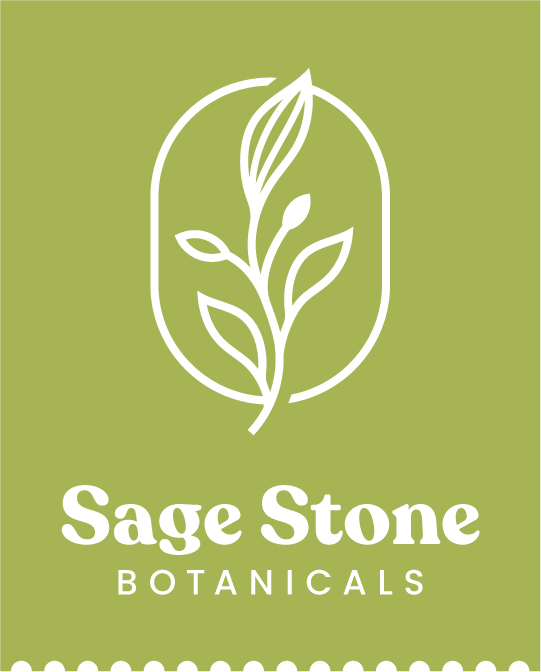Navigating Skincare in Your 20s, 30s, 40s, and Beyond: Tips for Aging Gracefully
Baby soft skin is what we’re born with. But as we age, our skin changes along with the rest of our body. Each age has its own concerns, but also its own solutions.
One thing the decades have in common in skincare are the three basic steps: cleanse, moisturize, and protect. Starting with pre-teens, this simple treatment plan will be the basis of skincare throughout the years.
So what do you need as you get older? Let’s take a look at what happens in your 20’s, 30’s and beyond.
20’s
Prior to your 20’s, your 3-step skincare plan was enough. But when you start to mature, your skin is going to experience some wear and tear. You might want to consider some extra help to maintain your youthful glow.
Your 20’s are a good time to add hyaluronic acid and retinoids into your daily plan. Even at this young age, you are already having decreased collagen levels. These may sound like intimidating substances to put on your face but they have plenty of benefits that make them worth it! Hyaluronic acid is even something your body naturally produces.
Hyaluronic acid will help skin stay hydrated, with a nice plump appearance. Retinoids are Vitamin A-based products and while they’re sometimes associated with older people who are concerned about aging, starting them now will help with fine lines, prevent wrinkles, and smooth your skin tone overall.
By adding in some general preventive measures, you’ll be off to a great start for a lifetime of great looking skin.
30’s
In your 30’s, life experience is starting to show. Fine lines around the corners of your eyes and forehead may need extra attention. Changes in pigment may appear, due to sun exposure, medications, vitamin deficiencies or genetics. This could be a good time to add another layer of treatment to your skincare routine. It’s time to introduce exfoliation, lifestyle changes, and antioxidants.
Exfoliating can be helpful for cell turnover and antioxidants may help prevent and repair cell damage by counteracting free radicals and oxidative stress caused by the body’s metabolic activity. Things like pollution, smoking or drinking alcohol can also be contributing factors to lackluster skin. By using antioxidants like Vitamin C, you may be able to ward off some of the damage.
Having a healthy diet with foods that support antioxidant activity and finding effective topical treatments can also be beneficial. How you treat your body on the inside will be reflected on the outside.
40’s
In your 40’s, you may want to continue further down the path of self-care and be more vigilant about some of your lifestyle choices. What you do and what you consume can contribute to a faster aging process.
Crepey skin, sagging, and dullness can begin to creep in at this age. But you’re not completely defenseless against the effects of time.
In addition to continuing your past skincare routine, make sure you are getting enough sleep and avoid too much sugar.
Why sugar? Something called glycation has to do with the way sugar reacts with proteins. The short version is that sugar can cause skin to break down collagen and be less elastic. There’s other reasons to limit your sugar intake, but as far as your skin goes, since you already have less collagen production, excessive sugar will only make things worse.
50’s
Menopause can occur prior to your 50’s, but it’s something to address at whatever age it happens. Hormonal changes have an effect, just like they did when you were a teenager with oily skin, but now the hormones are doing something different.
As always, maintain your previous skincare routine but emphasize the antioxidants and hyaluronic acid even more. One way to do that could be in a face mist. Facial hydrating mists can be used prior to using moisturizer or sunscreen or throughout the day to add moisture.
With many varieties to choose from, find the one that works best for you. Products with hyaluronic acid or aloe vera can be good choices, and many have extra ingredients like lavender oils, chamomile, or green tea.
A face mist for dryness and redness can help refresh and rehydrate. Plus it feels good! If you’re menopause symptoms include hot flashes, having a face mist on hand is especially nice.
60’s and Beyond
If you’ve been caring for your skin your whole life, you should be doing pretty well!
Your skin can still be glowing, smooth, and healthy with the care you’ve taken up to this point.
But you’re not done yet! The next step, in addition to everything else you’re doing for your skin, is adding lipids. This has to do with replenishing healthy fats. Lipids are natural fats for the skin. They help to prevent sun damage and retain moisture. Basically the idea is that lipids help protect the skin barrier and prevent absorption of environmental impurities. It keeps the moisture in and keeps the bad stuff out.
When shopping, look for a topical cream with ceramides or ask your Dermatologist what they would recommend.
Lastly, remember that more product is not necessarily better. Read directions on products and follow their recommendations. You can’t ignore your skin until you notice the damage and then over apply products and expect miracles.
Skin care is a slow and steady, daily process that begins in your youth and continues to evolve as you age. If you have unique skin conditions, be sure to talk to your doctor about them, or for any of your skincare concerns for that matter. Read labels, educate yourself, and make sure what you’re using is appropriate for you. For example, if you’re pregnant or breastfeeding, some products might not be recommended.
Taking care of your skin throughout your life can help you feel pampered and beautiful. No matter what your age, you can always be the best version of YOU.


